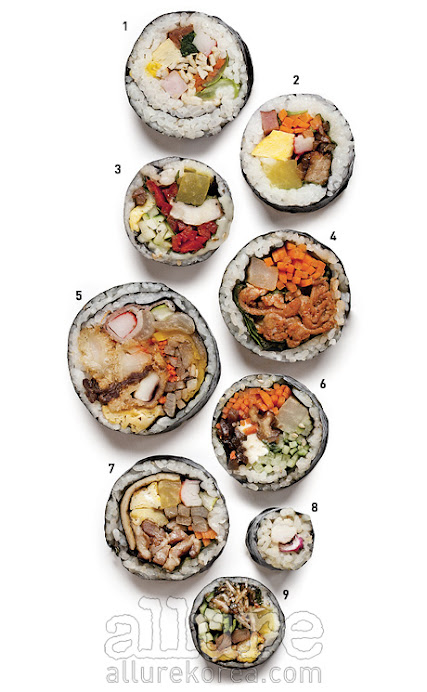Korean traditional snack culture_traditional drinks
- Sikhye(식혜)
Sikhye is a traditional Korean sweet drink made from rice and is usually consumed as a dessert after a meal. Sikhye is made by pouring water containing malt powder into rice and allowing it to ferment. Depending on preference, mugwort or medicinal herbs may be added. The fermented sikhye is sometimes drunk with pine nuts or shaped jujubes floated on top.
- fertilization and(수정과)
Sujeonggwa is a traditional Korean drink made with ginger, dried persimmon, cinnamon, etc. After cooling the water in which finely chopped ginger and cinnamon powder are boiled, dried persimmons are added, and sweetened with sugar or honey. It is often drunk cold with pine nuts in it. In modern times, it is usually consumed as a dessert after a meal.
- mixed grain powder(미숫가루)
Misutgaru is a compound word of misu and powder, and is also a Zen food. Seonsik is a traditional Korean preserved food made by drying and grinding grains into a fine powder, and has been widely consumed as a household beverage in the summer since ancient times.
- Hwachae(화채)
It is a snack made by adding fruit to a cold drink and is mainly eaten to cool off in the summer. Representative types include Schisandra chinensis and Jehotang.
- Ssanghwatang(쌍화탕)
Ssanghwa-tang is a representative prescription of Oriental medicine that helps relieve fatigue. Also called Ssanghwasan, Ssanghwatang is a combination of Hwanggi Geonjungtang minus Gyoi and Samultang.
- plum tea(매실차)
It is a tea made by concentrating or fermenting plums and mixing them in hot water to drink. Plum concentrate is known to inhibit the growth of dysentery, typhoid fever, and Escherichia coli, and also has an antibacterial effect on Vibrio enteritis, so it is often used to aid digestion or when you have an upset stomach.
▶한국식 전통 찻잎차, 대용차는?!Korean traditional tea leaf tea, substitute tea?!




댓글
댓글 쓰기